As a Filipino, I grew up believing there’s no such thing as “timplado na.” Every meal is just the starting point. The real magic? Happens after it’s served—when you drizzle, squeeze, stir, and season until the flavor says, “Ayan, sakto na.”
So when I moved to Taiwan, I brought that same lagay-lagay energy with me—only to discover… it doesn’t always work here.
Turns out, Taiwan has a completely different approach to food. One that taught me to pause, taste, and maybe—just maybe—trust the chef’s vision.
Here are 8 Taiwanese food habits that shook up my Pinoy timpla ways.
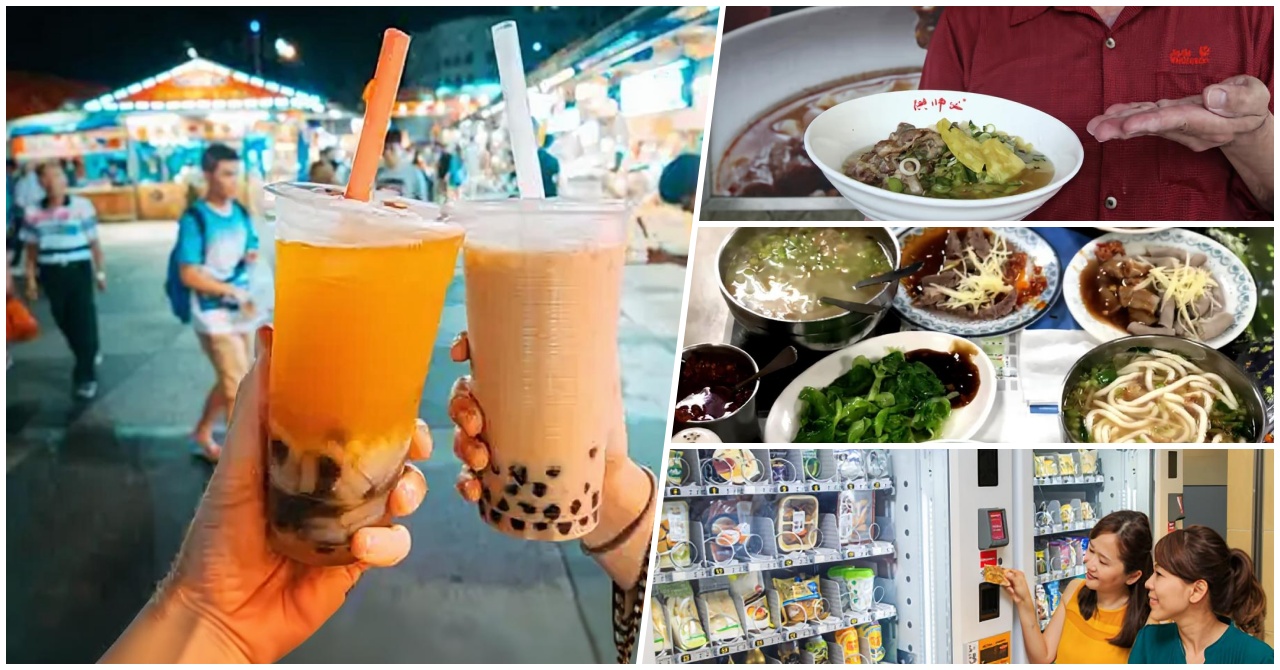
Fixed Sugar-Ice Levels in Bubble Tea
Back home, ordering a drink means giving the barista a full novella: “Less sugar po, but not too bitter ha? And konting ice lang—pero huwag walang ice.”
In Taiwan? You pick from a neat grid:
Sugar – 0%, 30%, 50%, 70%, 100%
Ice – none, less, regular, more
That’s it. No “konting-konti lang.” No “halfway between 50 and 70.” Why? Because they’ve already perfected the recipe. Your job is to choose, not rewrite the flavor.
I’ll admit—I struggled at first. But eventually, I learned to appreciate the simplicity. Every cup tastes intentional. Balanced. And refreshingly free of guesswork.
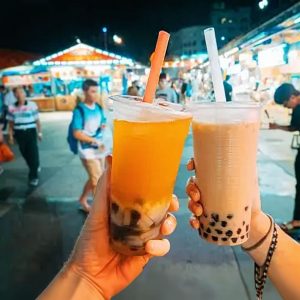
Condiments by Request, Not by Default
The first time I ate fried chicken at a Taiwanese convenience store, I did a full lap looking for ketchup. Or chili vinegar. Or anything. But there was none in sight.
Turns out, condiments aren’t laid out like a buffet. You ask for them—if they’re available at all.
At first, it felt inconvenient. But I started to get it: this system keeps things clean, controlled, and respectful of the dish’s default flavor. No messy bottles. No over-saucing. Just… restraint.
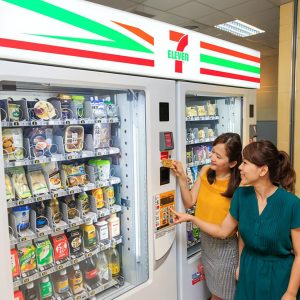
Coffee as a Curated Experience
In the Philippines, ordering coffee usually comes with the follow-up: “Ilagay niyo na rin po ‘yung creamer at sugar, ha?”
In Taiwan’s specialty cafés, it’s a whole other vibe. Single-origin beans. Pour-over timers. Digital scales. Baristas dial in each cup like they’re adjusting the frequency of the universe.
Sure, you can ask for sugar—but it’s usually hidden away, not front and center. Why? Because they want you to taste the bean’s story first.
I started skipping sugar altogether. And for the first time, I tasted notes like “earthy cacao” and “dried plum” without a spoonful of white sand getting in the way.
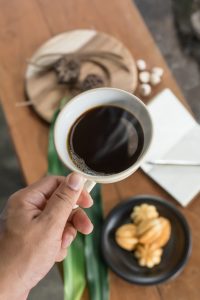
Sauces Served on the Side
Oyster omelettes. Fried tofu. Dumplings. You’ll notice something: sauces come in tiny portions.
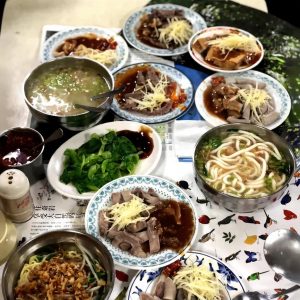
No big bottle of suka-toyo-chili sitting on the table. No communal tubs of spicy magic. Just pre-filled ramekins or carefully measured squeeze packets.
Why? Because Taiwanese street vendors have mastered balance. The sauce is an accent, not the main event.
It also keeps things clean, reduces waste, and gives each dish its own rhythm. Who knew vinegar could be so polite?
Menu Items As-Is—Few “Upgrades” Allowed
There’s a kind of Pinoy joy in asking, “Can I add egg?” or “Pwede bang extra meat?”
In Taiwan? You might get a polite “no.” Some eateries offer add-ons, but many stick to fixed combos.
And I realized something: it’s not stinginess. It’s pride. The dish is already whole. Add too much, and you might lose what makes it the iconic lu rou fan or beef noodle soup they’re known for.
Sometimes, simplicity is the upgrade.
No “DIY” Flavor Stations
Back home, a proper carinderia isn’t complete without a DIY timpla bar—dried chili, calamansi, fish sauce, maybe even powdered seasoning if you’re lucky.
Taiwanese eateries? Most have none of that. Unless you’re in a hotpot chain, don’t expect a condiment playground. You get what’s on the plate. And you learn to like it (or at least respect it).
It felt weird at first, but over time I found peace in the predictability. No more overthinking my dipping sauce ratio.
Convenience-Store Drinks: Standardized for Speed
At Taiwan’s 7-Eleven or FamilyMart, drinks come ready to go. Want milk tea? Just grab one. Want less sugar? Sorry—pre-mixed. Want it hot? They’ve got a section for that too.
Everything’s blended by a central kitchen, designed for speed, consistency, and zero debate. You don’t have to wonder if your favorite drink will taste different at another branch. It won’t. That’s the point.
And honestly? When you’re in a rush, that kind of reliability is a gift.
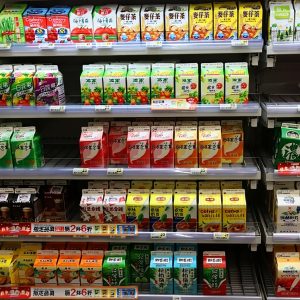
Trusting the Craft
Perhaps the biggest lesson of all: Taiwan taught me to trust.
Trust the noodle maker who’s perfected the broth. Trust the soy sauce artisan who aged it for months. Trust the tea master who knows when to steep and when to stop.
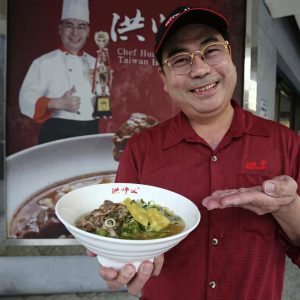
In a culture that values craftsmanship, tweaking without tasting first can feel like saying, “I know better.” But what if the real flex… is knowing when to let go?
Final Thoughts
I still love timpla culture. It’s part of who I am. I’ll always be the type to add calamansi to sisig or drizzle garlic oil on arroz caldo.
But Taiwan helped me develop a new instinct: pause, taste, and honor the maker’s intent.
Sometimes, flavor isn’t something we build—it’s something we receive.
